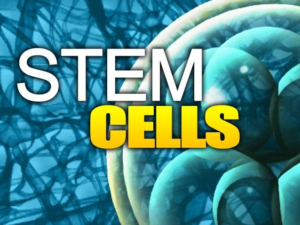Amniotic derived stem cell therapy has been studied in both musculoskeletal and system indications, with excellent results being seen to date. This includes for knee arthritis, tendonitis, shoulder injuries and organ failure.
Several clinical studies show that amniotic stem cells have the potential to differentiate into cardiac cells. In one study, after co-culturing and mixing cells in the laboratory, the researchers injected rat subjects with the solution. They found that the stem cells formed cardiac-like cells. Injection of amniotic stem cells improved function of cardiac tissue and left ventricle function.
Other studies have shown that amniotic stem cells could differentiate into renal (kidney) cells). In addition, the stem cells contributed to early kidney structures, such as mature nephrons in animal studies. Researchers also found that these stem cells slowed the progression of the kidney disease Alport syndrome.


